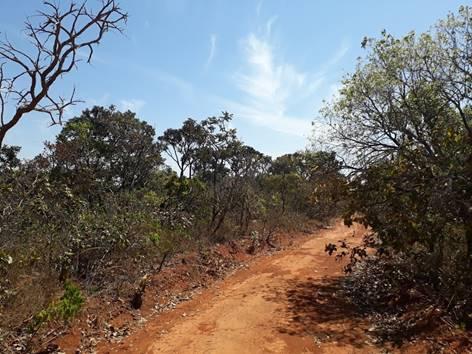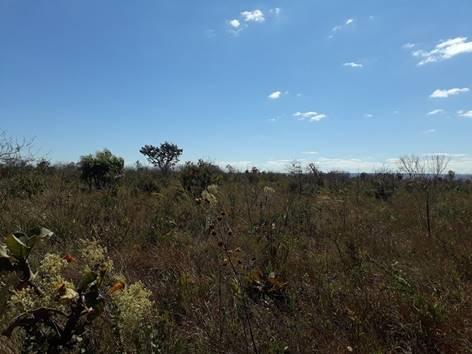Daniel de Figueiredo Ramalho
We will evaluate the edge effect of highways on bat’s diversity and activity in central Brazil. We will do six transects on different kinds of roads (dirt road, simple highway, and divided highway), in which we will place ultrasound recorders (SM4BAT FS) in different distances from the road (0m, 500m, 1000m, 1500m, 2000m) that will record bat activity from sunset to sunrise. As predictive variables, we will measure noise pollution (dB), land use, type of road, and light presence. Together with distance from the road, those variables will be related to bat passes (activity) and diversity.

Roads affect the structure and dynamics of the environment around them, causing direct and indirect effects on animals that occur in these fragments. Habitat change caused by border in the fragments can act on organisms living in this environment, creating an indirect effect of the road. Because of its life history strategy, with low fecundity, high longevity, and use of extensive foraging areas, bats are particularly affected by roads and may take longer to recover populations.

Our aim is to evaluate the effect of roads in bat activity in a Neotropical savanna. This study will be conducted in roads located around the three main protected areas in Distrito Federal, near Brasília, Brazil’s capitol. These areas are located within Cerrado, a very threatened savanna biome, with more than half of its original area already deforested, at a rate that can reach 30,000 km² per year. Climate in the area is typical of the biome, with two well-defined seasons, classified as tropical savanna (Aw). Bat activity will be recorded with five SongMeter Ultrasound Detectors (SM4BAT FS), each placed on a different distance from the road (0, 500, 1000, 1500, 2000m). Detectors will start recording half an hour before sunset and stop recording 30 minutes after sunrise, and will be set with a threshold to record only on the presence of bats.
Analysis will be conducted on Kaleidoscope sound software on Windows, in which we will extract main sound characteristics (maximum frequency, initial frequency, minimum frequency, final frequency, call duration, interval between pulses, and bandwidth) in order to identify which species have been recorded. Bat activity will be calculated with the number of bat passes. Passes number will be related to variables via Generalized Linear Model (GLM), in which passes number will be the dependent variable, and independent variables will be:
(i) distance from the road (in m)
(ii) road type (dirt road, single highway, or divided highway)
(iii) noise pollution (in dB)
(iv) land use percentages
(v) light presence.
Data from automatic identification made on Kaleidoscope will be used to verify if there is any difference in community structure according to distance from the road via a Kruskal-Wallis test. In all tests, significance level will be at p<0.05.